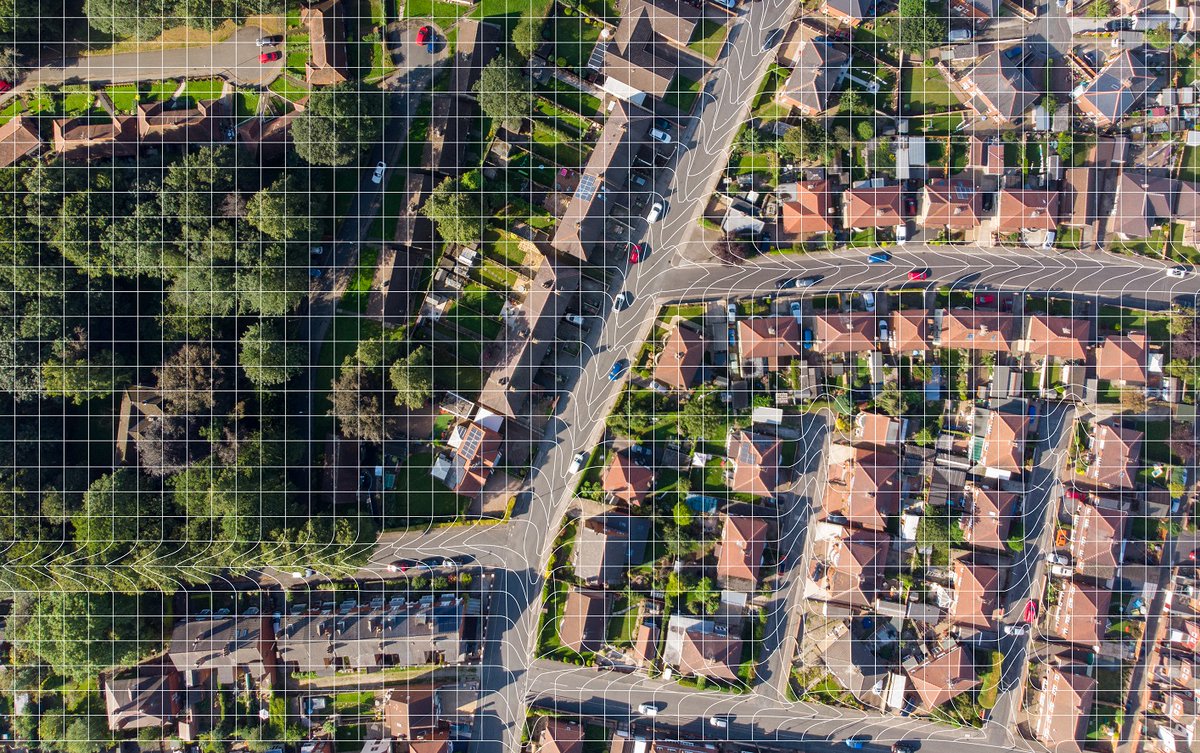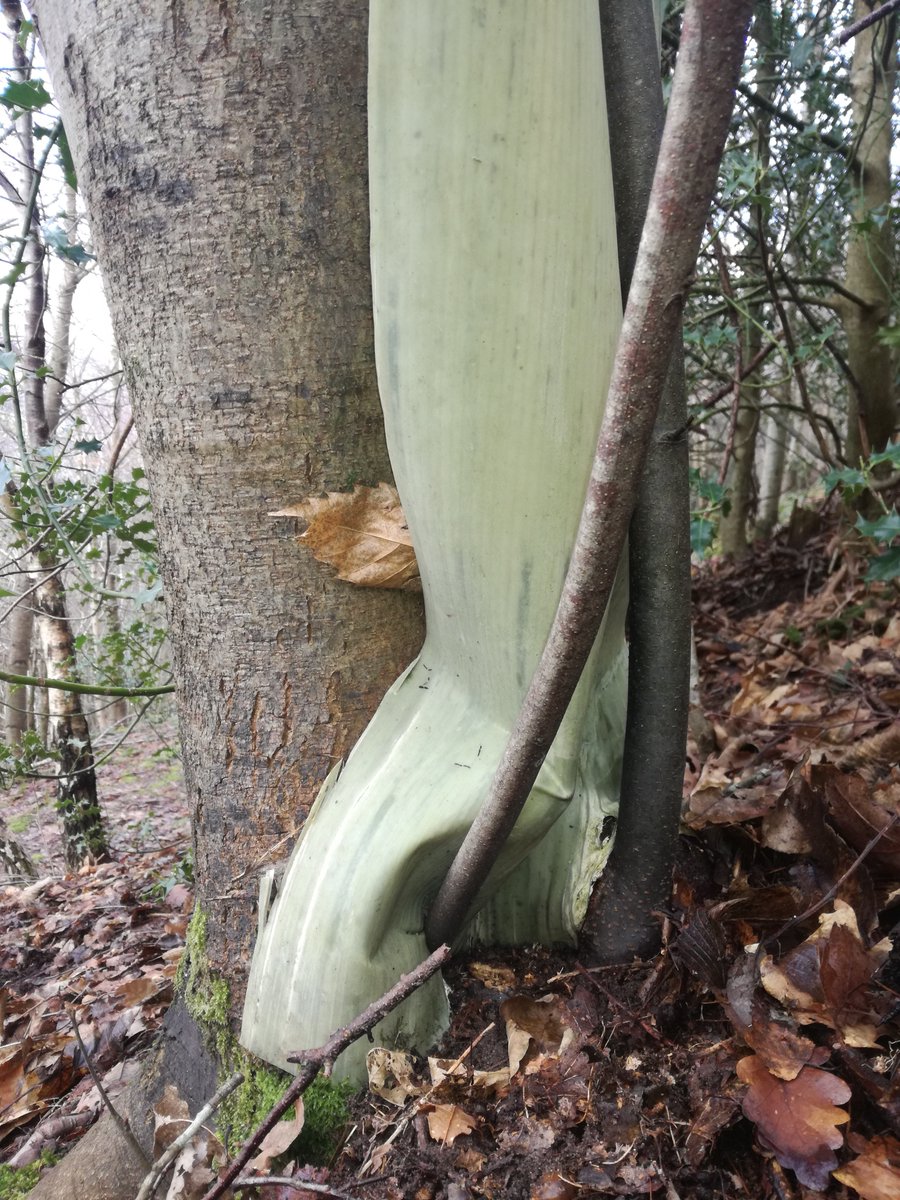Thread on snow ratios. The snow ratio, or snow-to-liquid ratio states how many inches of snow, when melted, yields one inch of liquid water. Ratios are usually around 10:1 or 12:1, but can vary from as little as 6:1 or as high as 30:1, or sometimes more. 1/
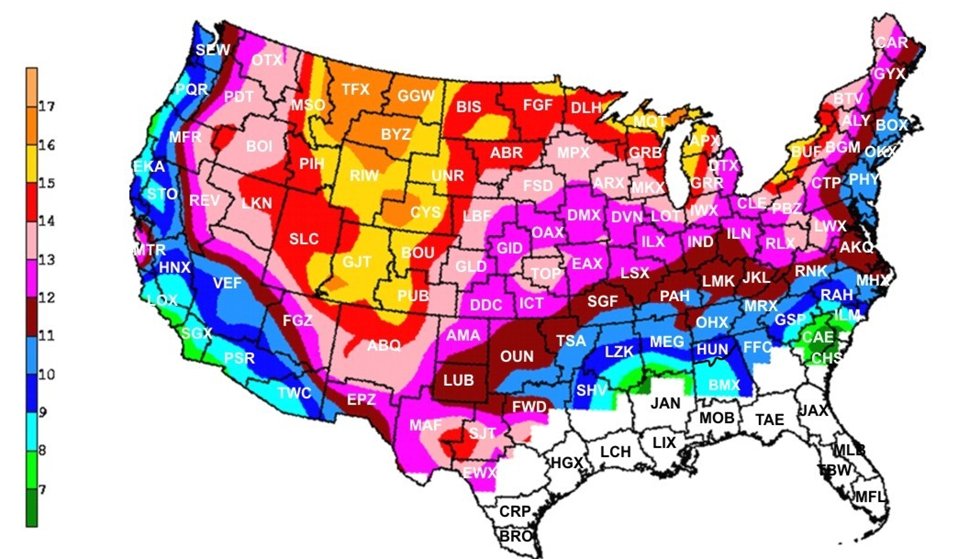
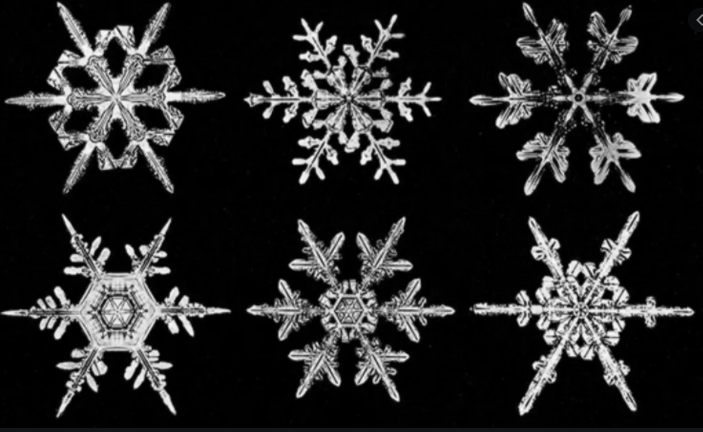
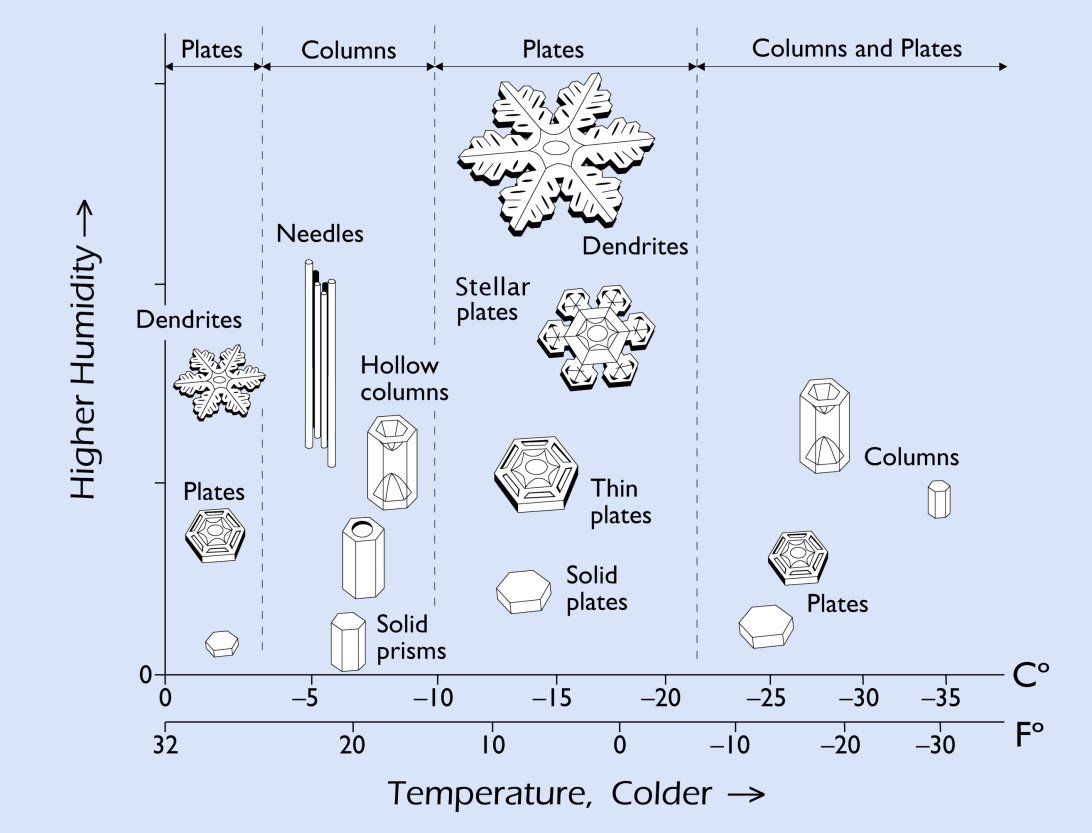
1) Large upward motion in the DGZ, which depends on the forcing for ascent and the stability of the DGZ and
2) A deep DGZ
6/
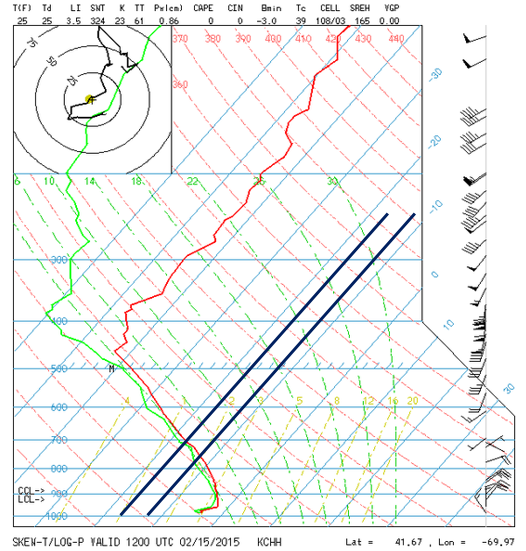

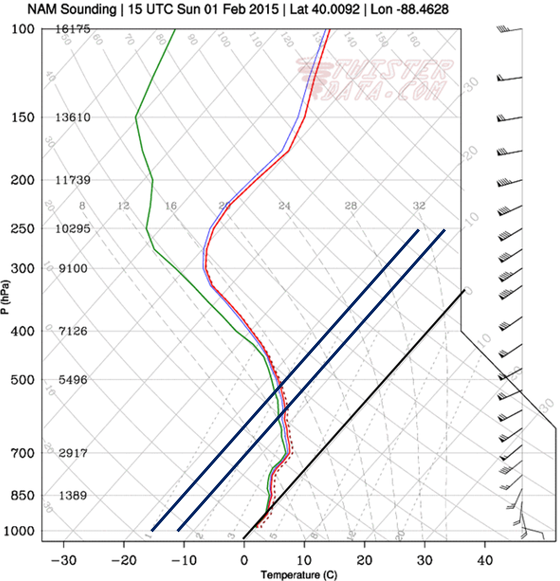
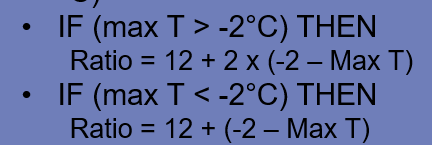

More from Climate change
The UK government's climate advisory body is launching its next carbon budget: basically, outlining what the UK can emit between 2033 and 2037. It's a big deal - launch video starting right now.
Watch along:
Will tweet along snippets. Pretty relevant to...............everything, really. #UKCarbonBudget
"Instead of being just a budget, it's a pathway we have to tread to reach net zero in 2050" @lorddeben
Just like quite a few other modelling exercises, CCC use a spectrum between behaviour change and between technological change. #UKCarbonBudget.
Both = best (just like @AEMO_Media's Step Change scenario in their ISP)
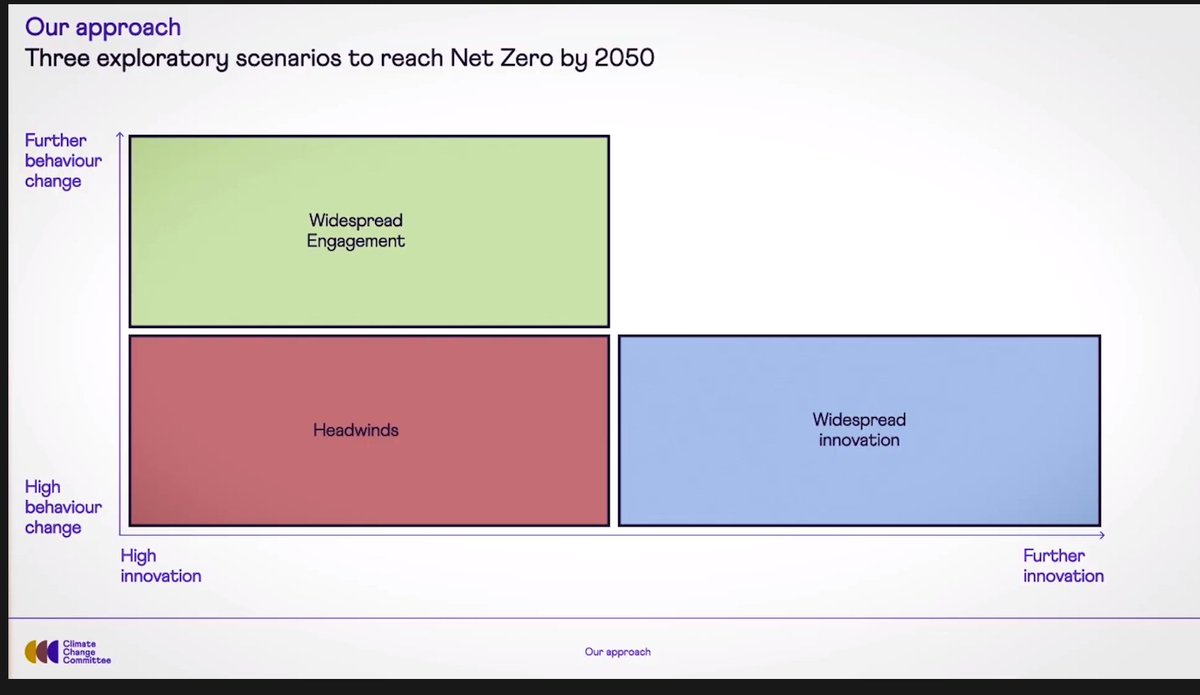
'Balanced' is what they use for their recs. "We're doing 60% of the emissions reductions in the first 15 years, and then 40% in the next".
The slinky kitty curve....good to see. No evidence of delaying action to Dec 29 2049, here. #UKCarbonBudget
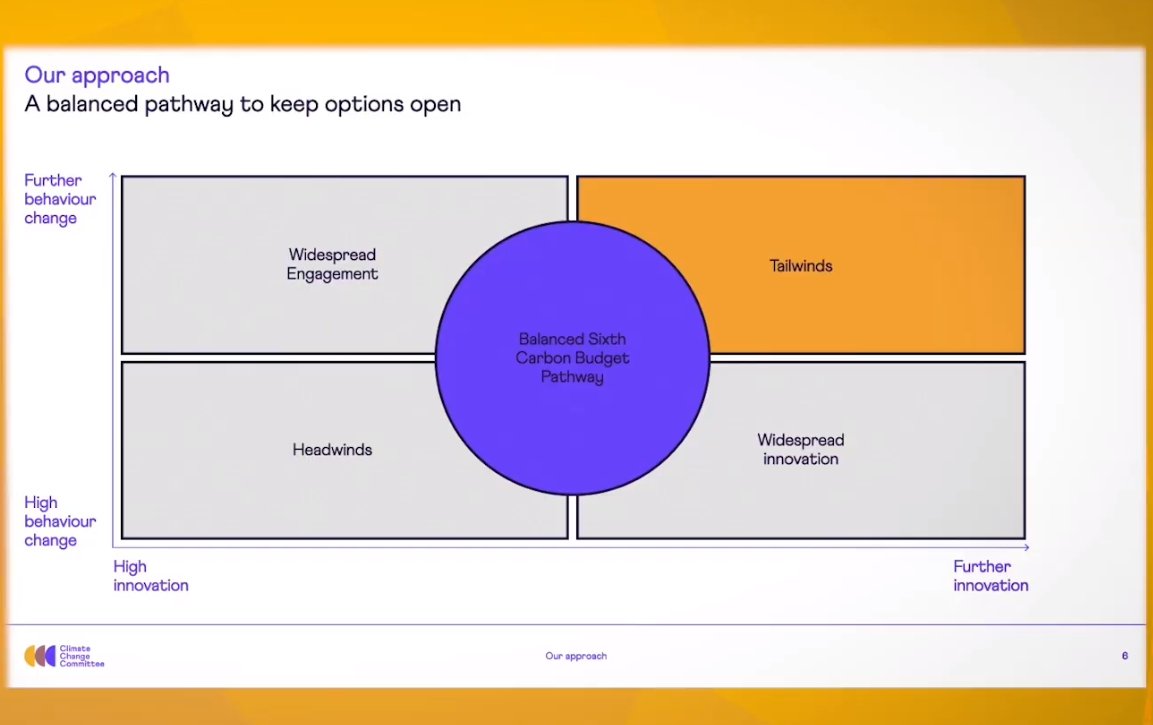
"By front loading, we're minimising the UK's contribution to cumulative emissions" - really important point. A slow path to net zero - more climate harm than a fast one. #UKCarbonBudget
Watch along:
Just 15 mins until the launch event for our new advice to Government on the Sixth Carbon Budget. If you haven\u2019t registered, you can watch live on YouTube from 10am. Link: https://t.co/PjlcIDSYEC #UKCarbonBudget pic.twitter.com/1zOTfmxDVp
— Climate Change Committee (@theCCCuk) December 9, 2020
Will tweet along snippets. Pretty relevant to...............everything, really. #UKCarbonBudget
"Instead of being just a budget, it's a pathway we have to tread to reach net zero in 2050" @lorddeben
Just like quite a few other modelling exercises, CCC use a spectrum between behaviour change and between technological change. #UKCarbonBudget.
Both = best (just like @AEMO_Media's Step Change scenario in their ISP)

'Balanced' is what they use for their recs. "We're doing 60% of the emissions reductions in the first 15 years, and then 40% in the next".
The slinky kitty curve....good to see. No evidence of delaying action to Dec 29 2049, here. #UKCarbonBudget

"By front loading, we're minimising the UK's contribution to cumulative emissions" - really important point. A slow path to net zero - more climate harm than a fast one. #UKCarbonBudget
You May Also Like
THREAD: 12 Things Everyone Should Know About IQ
1. IQ is one of the most heritable psychological traits – that is, individual differences in IQ are strongly associated with individual differences in genes (at least in fairly typical modern environments). https://t.co/3XxzW9bxLE

2. The heritability of IQ *increases* from childhood to adulthood. Meanwhile, the effect of the shared environment largely fades away. In other words, when it comes to IQ, nature becomes more important as we get older, nurture less. https://t.co/UqtS1lpw3n
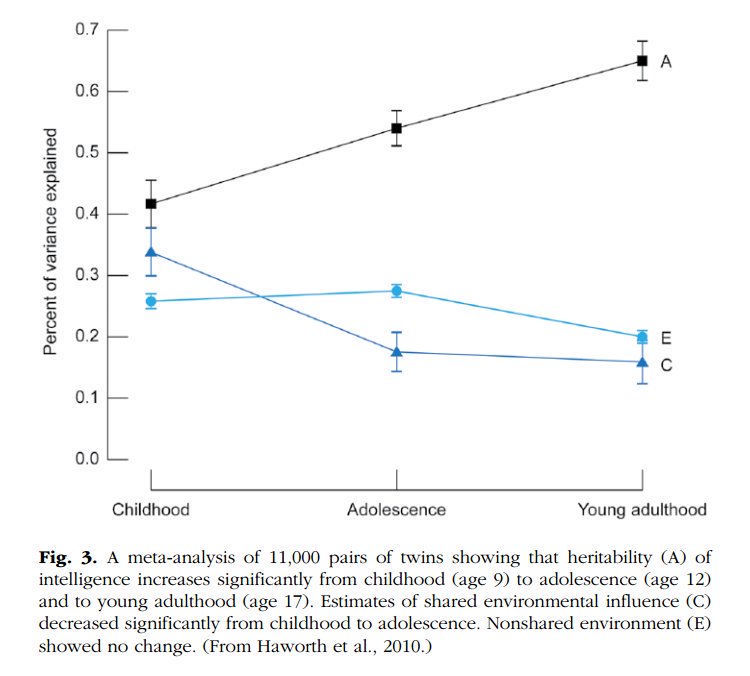
3. IQ scores have been increasing for the last century or so, a phenomenon known as the Flynn effect. https://t.co/sCZvCst3hw (N ≈ 4 million)
(Note that the Flynn effect shows that IQ isn't 100% genetic; it doesn't show that it's 100% environmental.)
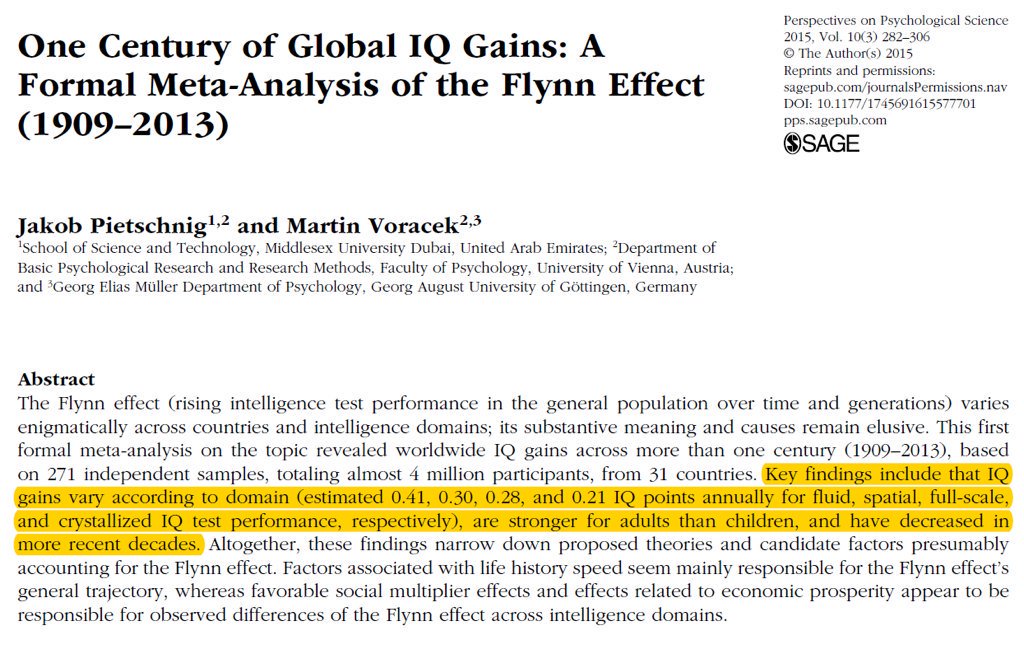
4. IQ predicts many important real world outcomes.
For example, though far from perfect, IQ is the single-best predictor of job performance we have – much better than Emotional Intelligence, the Big Five, Grit, etc. https://t.co/rKUgKDAAVx https://t.co/DWbVI8QSU3

5. Higher IQ is associated with a lower risk of death from most causes, including cardiovascular disease, respiratory disease, most forms of cancer, homicide, suicide, and accident. https://t.co/PJjGNyeQRA (N = 728,160)

1. IQ is one of the most heritable psychological traits – that is, individual differences in IQ are strongly associated with individual differences in genes (at least in fairly typical modern environments). https://t.co/3XxzW9bxLE

2. The heritability of IQ *increases* from childhood to adulthood. Meanwhile, the effect of the shared environment largely fades away. In other words, when it comes to IQ, nature becomes more important as we get older, nurture less. https://t.co/UqtS1lpw3n

3. IQ scores have been increasing for the last century or so, a phenomenon known as the Flynn effect. https://t.co/sCZvCst3hw (N ≈ 4 million)
(Note that the Flynn effect shows that IQ isn't 100% genetic; it doesn't show that it's 100% environmental.)

4. IQ predicts many important real world outcomes.
For example, though far from perfect, IQ is the single-best predictor of job performance we have – much better than Emotional Intelligence, the Big Five, Grit, etc. https://t.co/rKUgKDAAVx https://t.co/DWbVI8QSU3

5. Higher IQ is associated with a lower risk of death from most causes, including cardiovascular disease, respiratory disease, most forms of cancer, homicide, suicide, and accident. https://t.co/PJjGNyeQRA (N = 728,160)







